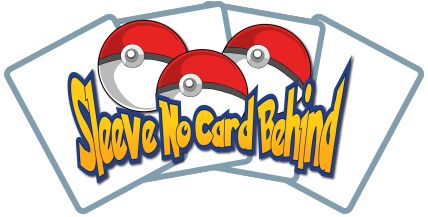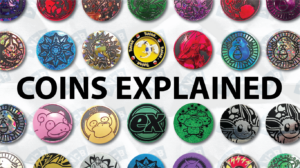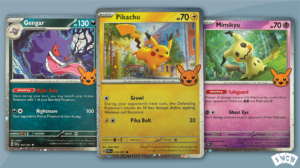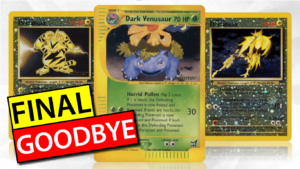What is a Reverse Holo Pokémon Card? (with examples)
-
By: Oliver Copeland
- Published:
- Last Updated: December 3, 2023
After 25 years of Pokémon cards, there is no longer one type of holo card. In fact, there are dozens, and it can get overwhelming pretty quickly. Among these many variants of holo cards, reverse holos are probably the most common. What is a reverse holo Pokémon card?
A reverse holo Pokémon card is the alternative print of a holo card. Modern reverse holo cards will have a foil shine everywhere but the illustration box. Aside from the foil, the card will remain identical to its regular holo counterpart. A reverse holo is usually made for most cards in a set.
History of Reverse Holo Cards
Vintage Wizards of the Coast cards had a 1st edition stamp applied to the initial print run of each expansion. This made the card highly collectible and sought-after. However, Neo Destiny (2002) was the final set to receive 1st edition stamps, so Wizards decided to implement reverse holos as a way to have extra collectible cards in each set once again.
The expansion Legendary Collection (2002) was the first to introduce reverse holofoil prints. These cards featured a firework-like pattern all over the card, and are still highly sought-after to this day.
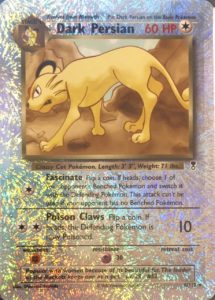
However, Legendary Collection reverse holos were not the first. The Black Star Promo (34) Entei was the first reverse holo to be released in English. This was a promotional card that was free with the purchase of a ticket to Pokémon 3: The Movie – Spell of the Unown: Entei released on April 6, 2001.
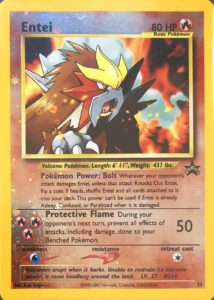
Ever since the first reverse holo, the design has changed many times. Even though Legendary Collection introduced the fireworks holofoil, we never saw that particular holo pattern again. Moving forward, Expedition introduced a chrome-like pattern, then EX Hidden Legends got rid of the foil background altogether, opting for a large energy symbol instead.
Beginning with EX FireRed & LeafGreen, the Pokémon’s name and rarity symbol were holo. This led to confusion as the reverse holo cards were no longer ‘reversed’ per se, but more of an alternate holo design. This was continued until 2007 with Diamond & Pearl, where the entire background of the card was holo once again. We remain here to this day.
How to Tell the Difference Between Holo and Reverse Holo
Anything after 2007 is easy, as the entire background of the card will be foil. However, there is a little nuance when it comes to the sets before. To tell if a card is a reverse holo, look for gold holofoil Pokémon name, HP, and rarity symbol. These reverse holo cards will also have the set logo in the illustration box.
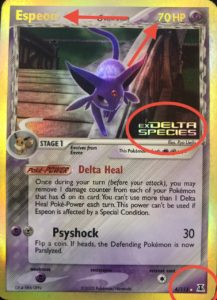
Some expansions such as EX Hidden Legends or EX FireRed & LeafGreen will have a large symbol below the illustration box.
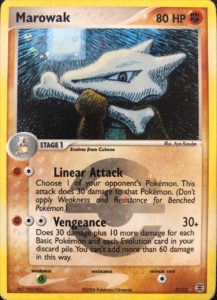
Are Reverse Holos Rarer Than Holos?
It depends on the set and the Pokémon. But ultimately, not really. We do not know the actual number of cards printed at any time, but generally speaking, a card should have a similar number of holo and reverse holo variants.
There are some exceptions when a card is only printed as a reverse for a promo. In this case, either the promo or the regular print will be rarer and thus more valuable.
Are Reverse Holos Worth More?
Vintage reverse holo cards are sought-after by collectors, some more than others. Some collectors are specifically seeking reverse holos.
Generally, if a card is worth a lot, then the reverse holo will also be highly valuable. As long as one is not rarer than the other, the price will remain similar. If, as mentioned before, one variant is extremely rare, it will have a much higher value.
A great example here is the Charizard reverse holo from Vivid Voltage. Only the reverse holo was available to pull from the main expansion booster packs, but the regular holo was available in the Charizard theme deck. This resulted in the reverse holo Charizard being slightly more valuable since the regular holo was available for purchase just by buying a deck.
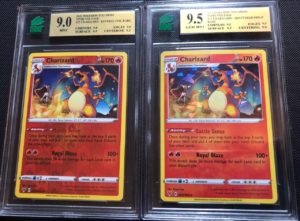
However, modern Pokémon cards are a little different. Since there is a guaranteed reverse holo in each modern booster pack, they are pulled more often than holo rare cards are. Once again, it comes down to supply and demand. Most reverse holo and regular holo cards aren’t worth that much today. In modern sets, the chase cards are often full art, alt art, rainbow rare, etc.
Reverse Holo Examples
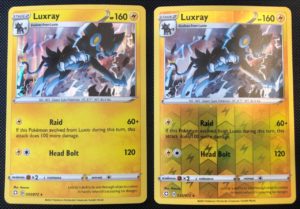
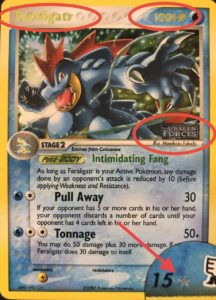
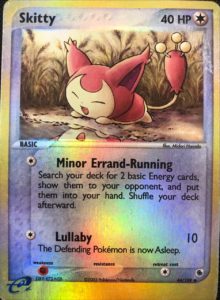
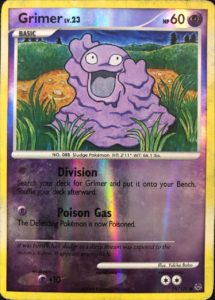
The Most Expensive Reverse Holo Cards
Card Name | PSA 10 Price |
Charizard 3/110 | $9,500 |
Charizard 146/144 | $4,400 |
Charizard 6/165 | $3,650 |
Venusaur 18/110 | $2,350 |
Mewtwo 29/110 | $2,275 |
Final Thoughts
Reverse holo Pokémon cards arent as cut-and-dry as you may have thought. They really should’ve been called “alternate holos”, since the name “reverse” sometimes is misleading. However, were stuck with the name and it does apply to most reverse holo cards.
Some collectors, such as myself, actually prefer the reverse holo over the regular holo if it’s from a certain era. For example, the EX FireRed & LeafGreen reverse holos have that really cool Pokéball holo that some consider highly sought-after.
Ultimately, reverse holos are made for the individual collector. If you’re a Pikachu collector, you’ll obviously want a reverse holo Pikachu, right?

Hi, I'm Oliver. I've been collecting Pokémon cards for 25+ years. I hope you enjoyed your read and learned something. Learn more about me on the About page.
